Review: ‘Sex and Sensibility’ edited by Liza Donelly
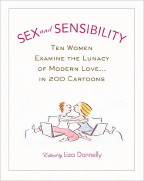 What do women want? Sigmund Freud thought he knew, but we all know about him. After a few decades of feminism, it’s become clearer that the best way to find out what women want is… to ask them.
What do women want? Sigmund Freud thought he knew, but we all know about him. After a few decades of feminism, it’s become clearer that the best way to find out what women want is… to ask them.
Sex and Sensibility
Edited By Liza Donelly
Hachette/Twelve, April 2008, $22.99
Donelly is a noted single-panel cartoonist and the author of Funny Ladies, a history of female cartoonists for The New Yorker. (She also teaches at my alma mater, Vassar College, which instantly inclines me to consider her a world-class expert on whatever she wants to be – we Vassarites have to stick together.)
Donelly collected nine of her colleagues – mostly single-panel magazine cartoonists, with a couple of editorial cartoonists for spice – and asked them to contribute cartoons on women, men, sex, relationships – that whole area. Two hundred cartoons later, [[[Sex and Sensibility]]] emerged. It’s divided into several thematic sections — Sex, Sensibility, Women, Lunacy, and Modern Love — and each cartoonist provided an essay about herself and her work, which are sprinkled throughout.




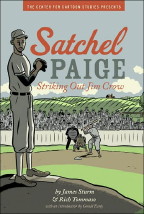
 This week, Manga Friday applies its lazer-like eye to one and only one book – luckily, this one is weird and confusing enough for any five regular volumes…
This week, Manga Friday applies its lazer-like eye to one and only one book – luckily, this one is weird and confusing enough for any five regular volumes…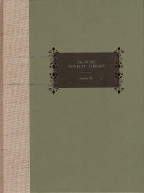
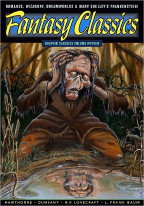 Fantasy Classics: Graphic Classics Vol. 15
Fantasy Classics: Graphic Classics Vol. 15

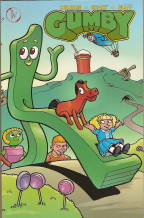 Here are three more graphic novels for readers of varied ages, gathered together for no better reason than because I read them all recently:
Here are three more graphic novels for readers of varied ages, gathered together for no better reason than because I read them all recently:








